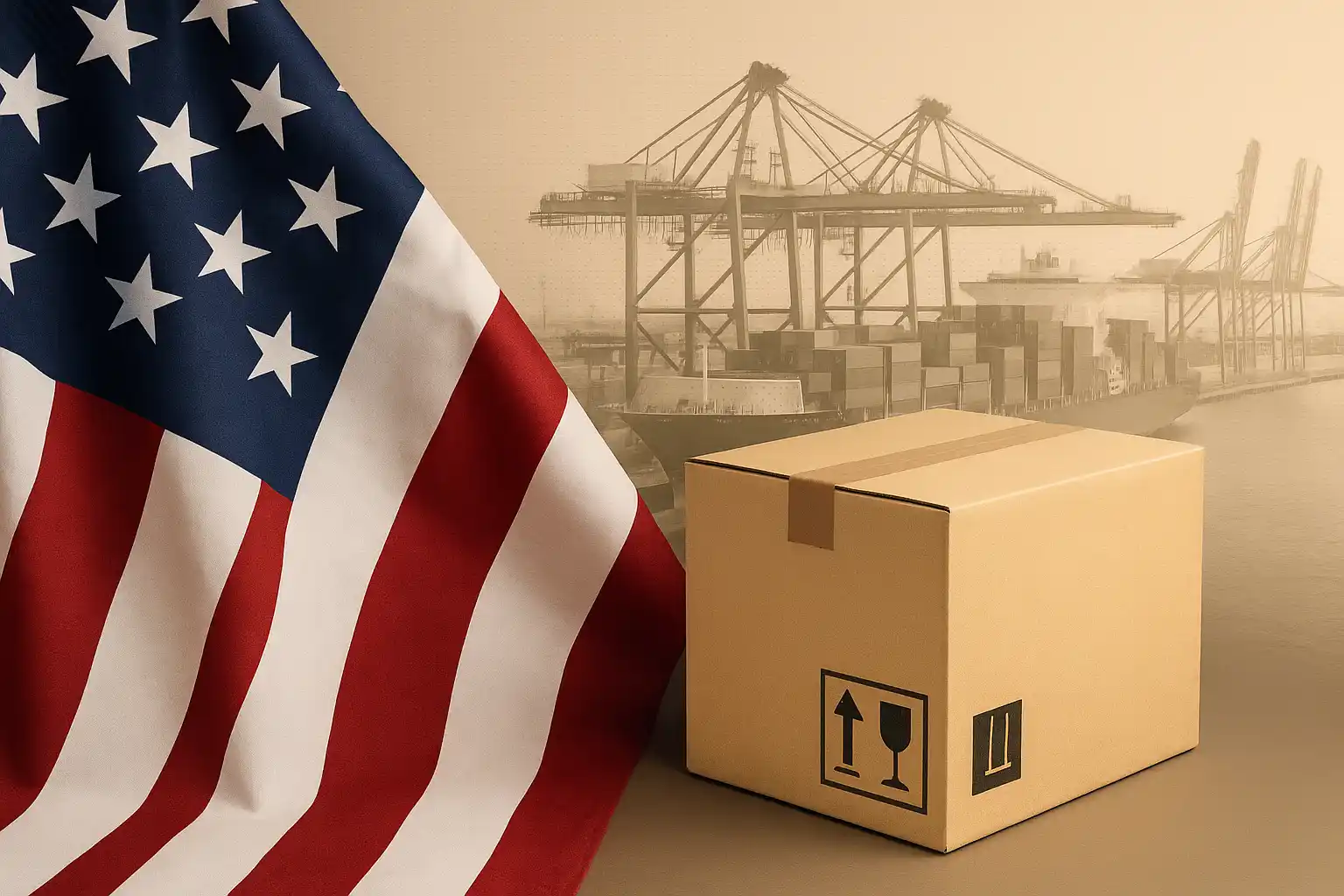If you specialize in producing and selling fragile items, you would know how complicated the entire process is. Manufacturing may not be as stressful as shipping the products. A lot of thought has to be put into the whole packaging and shipping situation. If not packed with suitable dampers, your customer may not even get to see what the final product looks like.
Thus, shipping fragile items is a small business owner's worst nightmare. But fret not, for we have curated a simple list of common mistakes to avoid while you pack your fragile orders.

5-common mistakes to avoid while packing your fragile products
1. Using the smallest box possible
Many times, small business owners try to save a penny or two by trying to fit the finished products into a smaller box than recommended. It might save you a few dollars during shipping, but there's a high risk associated with the whole process. The product can easily break if it's a fragile item. And when this happens, the product has to be returned to the seller. Moreover, you end up shipping a new order for the customer and go through all the hassle again.
Make sure you leave ample space between the box and the products to have enough space for padding. Before the padding, ensure the product is safely secured in bubble wrap. If available, you can also opt for the eco-friendly or sustainable version of bubble wrap. Once the padding and bubble wrap is done, tape the box really well to ensure that it won't open midway through the journey.
2. Consider the moisture factor
Many times we pack fragile items expecting a dry environment. Next time you pack an order, consider the moisture conditions of the place; for example, if it frequently rains, make sure you are using waterproof packing materials.
3. Don't pack the items too tightly
Provide ample space for the goods while packing, and simultaneously ensure they don't move around freely. Most often, people pack the goods tightly with tape. What is the disadvantage of doing it? You are exerting much pressure on the items; therefore, they can break easily even when it accidentally hits a surface.

4. Don't go light on tape and label
Even if you have safely bubble-wrapped your products, they aren't safe until they reach their destination. Therefore, don't go easy on the tape. Follow the H-style taping method wherein you try to firm the H-letter on the top and bottom of the box. With that said, a mere single-layered taping isn't enough. Layer it at least 4 to 5 times to make sure that fragile things don't come out during the shipping process.
We may pack and tape the package ideally, but if we don't put the necessary stamp or label on the box, it will be mistreated just like any other product. Pop some fragile signs and stick them where necessary on the box.
4. Get the products insured
Sure, insuring your goods is going to be pricey. But at one point in your shipping journey, you will lose control over your box/goods. To get some peace of mind, insure the goods. Your insurance company will pay for your box if it is damaged or goes missing. Further, this insurance can be helpful for shipping goods that are pretty pricey and heavy.
â€

.webp)



